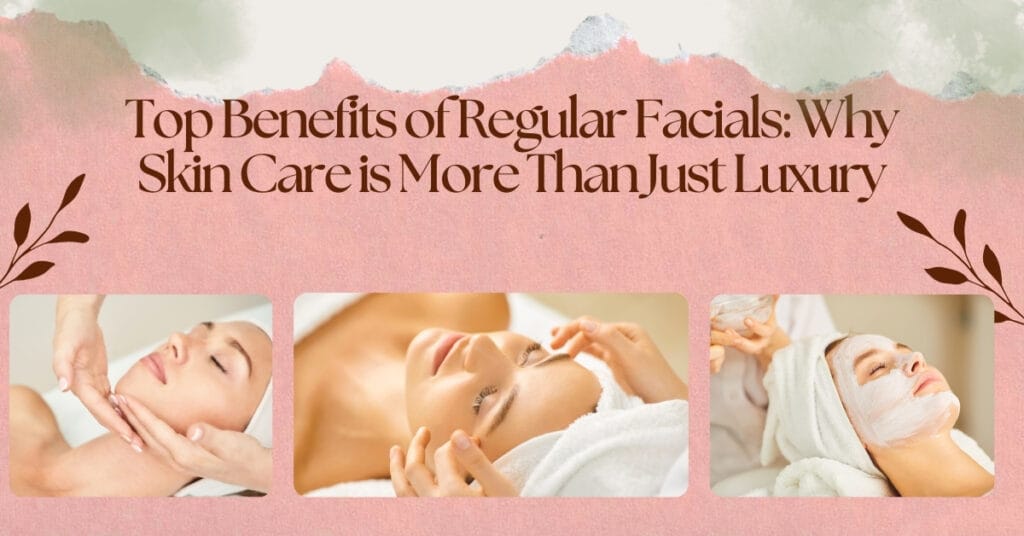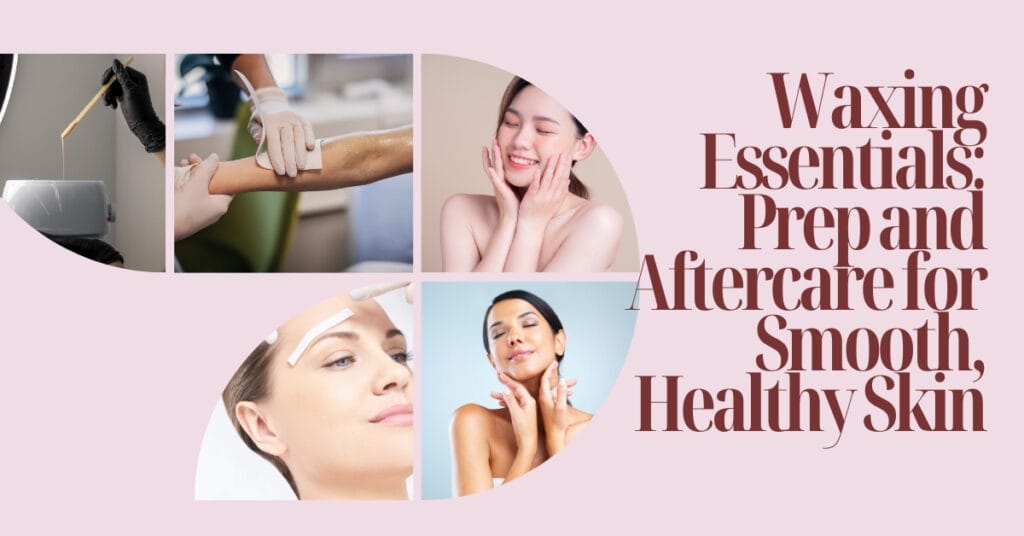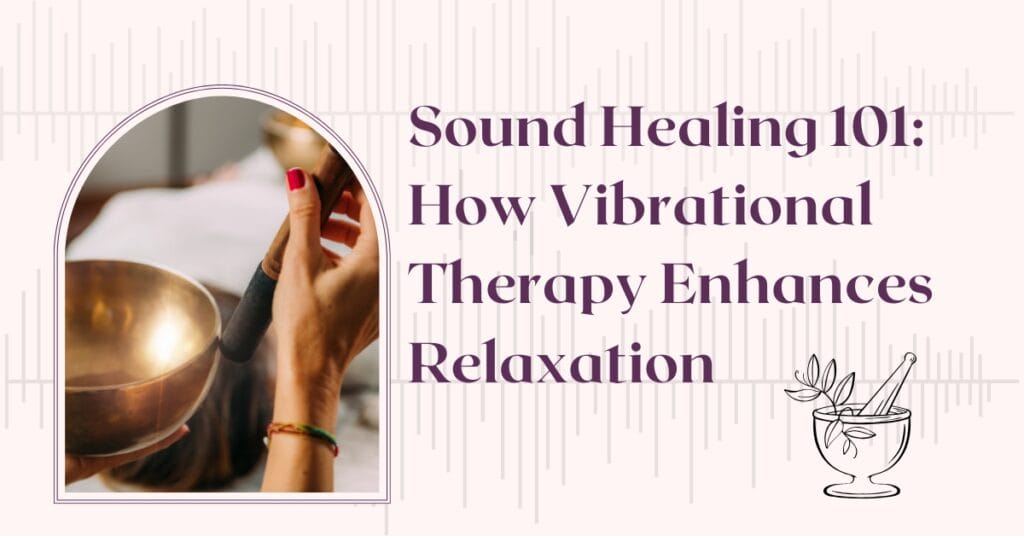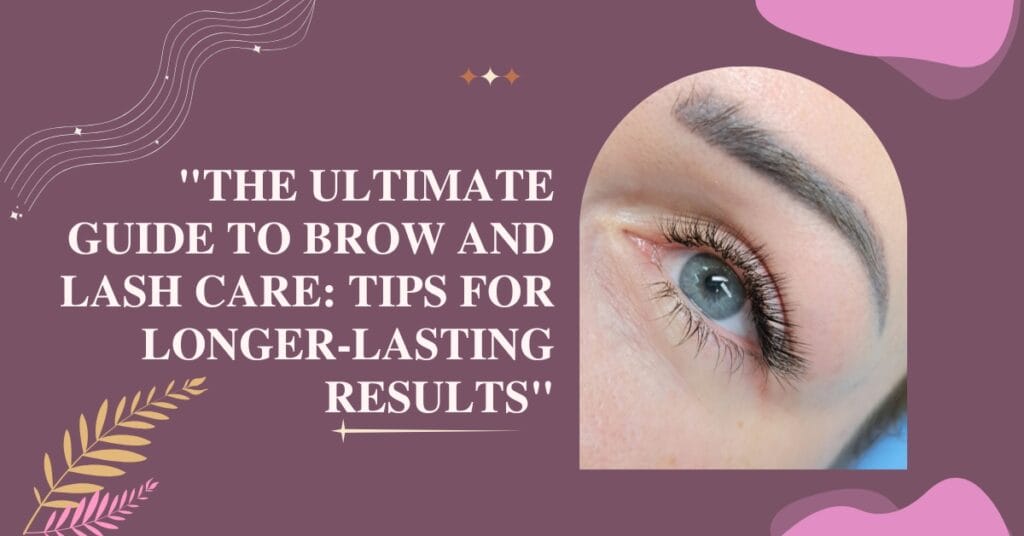Top Benefits of Regular Facials: Why Skin Care is More Than Just Luxury
When you hear “facial,” you might think of pampering sessions, soothing music, and some time away from the everyday hustle. But facials go far beyond luxury – they’re a vital step toward healthy, glowing skin and an essential part of a well-rounded skincare routine. From deep cleansing to boosting your skin’s natural radiance, regular facials offer numerous benefits that can transform your skin over time. Here’s a closer look at why facials are an investment in your skin’s health, not just a treat. 1. Deep Cleansing for Clearer Skin Our daily skincare routines remove surface-level dirt and makeup, but facials go deeper. During a professional facial, your skin undergoes a thorough cleansing that removes impurities, dead skin cells, and stubborn blackheads or whiteheads. A facial not only leaves your skin feeling refreshed but also helps reduce breakouts by thoroughly clearing out blocked pores. Benefit: Deep cleansing unclogs pores, making your skin smoother and less prone to breakouts. 2. Improved Circulation for a Healthy Glow Facials involve massaging the skin, which stimulates blood circulation. Improved circulation brings more oxygen and nutrients to your skin cells, promoting a natural, healthy glow. This boost in circulation can also help with cellular turnover, which is key for keeping your skin looking vibrant and youthful. Benefit: Increased circulation revitalises dull, tired skin and enhances your natural radiance. 3. Anti-Aging Benefits Regular facials can play a huge role in slowing down the signs of aging. Many facials incorporate exfoliation, hydration, and treatments that stimulate collagen production – the protein responsible for keeping skin firm and smooth. Consistent facials can minimise fine lines, reduce the appearance of wrinkles, and give your skin a firmer, more lifted appearance. Benefit: Facials can be a preventative measure against aging, helping maintain a youthful complexion. 4. Customised Care for Your Skin Type Not all skin is the same, and professional estheticians can tailor facials to your specific skin type and concerns. Whether you have oily, dry, sensitive, or combination skin, a facial can be customised to address your unique needs. Estheticians use specialised products and techniques suited to your skin’s specific conditions, which may help with issues like acne, redness, or dehydration. Benefit: Personalised care ensures that your skin receives the precise treatment it needs, enhancing its natural beauty. 5. Exfoliation for Smooth, Refined Skin One of the main steps in a facial is exfoliation, which removes dead skin cells from the surface. This step is critical, as dead skin can make your complexion look dull and lead to clogged pores. By clearing away these cells, facials leave your skin smoother, softer, and more receptive to skincare products you use at home. Benefit: Exfoliation leaves your skin soft and ready to absorb moisturisers, serums, and other skincare products. 6. Stress Relief and Relaxation A facial is also a wonderful way to de-stress. The gentle, rhythmic motions of facial massage release tension in your face, neck, and shoulders, areas where we often store stress. This relaxation not only benefits your mental well-being but can also improve circulation and reduce stress-related skin issues, such as breakouts or irritation. Benefit: Relaxation during facials relieves tension and can help reduce stress-related skin concerns. 7. Hydration Boost for Supple Skin Many facial treatments focus on hydration, especially for dehydrated skin. Hydration is essential for maintaining a healthy skin barrier, which protects your skin from environmental aggressors like pollution and UV rays. During a facial, estheticians use rich serums, masks, and moisturisers to deeply hydrate your skin, leaving it plump and supple. Benefit: Proper hydration helps your skin retain moisture, promoting a healthy, resilient barrier. 8. Professional Advice for At-Home Care One of the most overlooked benefits of facials is the professional advice you receive. Estheticians are knowledgeable about skincare and can provide valuable insights into what products and routines would work best for you. They can also help identify potential problem areas early on and suggest ways to improve your at-home skincare routine for long-lasting results. Benefit: Professional guidance empowers you to make the right choices for your skin at home. 9. Detoxification for Healthier Skin Our skin is constantly exposed to pollutants and environmental toxins, which can lead to dullness and breakouts. Facials often include detoxifying masks and treatments that help eliminate these toxins. By purifying the skin, facials support its natural detoxification process and leave you with a brighter, more radiant complexion. Benefit: Detoxifying treatments help clear out impurities, leaving skin fresh and healthy. 10. Instant Boost in Confidence One of the immediate effects of a facial is the fresh, radiant glow that appears right after the treatment. Not only does your skin look visibly healthier, but this confidence boost can also do wonders for your mood and self-esteem. There’s nothing like stepping out with skin that looks clear, bright, and beautiful! Benefit: Glowing skin post-facial enhances your confidence and lets your natural beauty shine. Final Thoughts: Regular Facials as an Investment With so many benefits, it’s clear that facials are more than just a luxury—they’re a smart investment in your skin’s health. Regular facials can help prevent many common skin issues, from acne to premature aging, and can enhance the effectiveness of your daily skincare routine. Whether you go every month or every few months, your skin will thank you for the extra care, and you’ll enjoy the glow and confidence that comes with healthy, well-cared-for skin.






